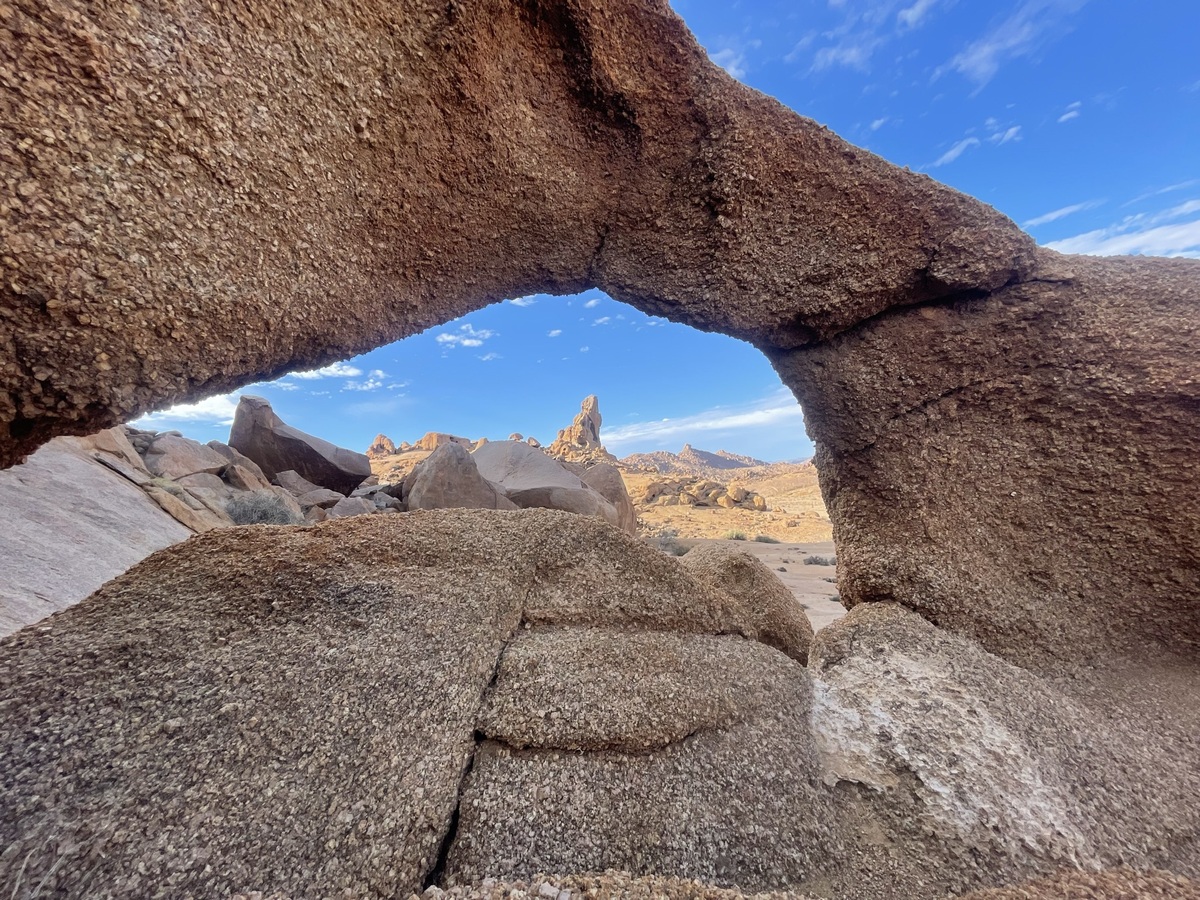Petrological and geochemical investigation of the Kuboos-Bremen Line (KBL) in Namibia and South Africa
- Supervisor:
- Person in Charge:Jorge Corrêia Leite Arthuzzi
- Links:Projekt
The Kuboos-Bremen Line (KBL) is an alignment of intrusions that extent for 250 km in South Africa and Namibia. Its deepest exposed parts occur near Alexander Bay (RSA) and it continues into the continent trending SW-NE, with the higher intrusion level at the Great Karas Mountains (NAM).
The KBL complexes are divided in three sections: Western KBL is predominantly granitic; Central KBL is composed of granites, syenites, foid-syenites and carbonatites; and Eastern KBL is composed of a field of more than a hundred small carbonate-bearing intrusions (carbonatite dykes, sills and breccia pipes, and lamprophyre and alnöite dyke swarms).
The project aims to understand the genetic relationship between the variety of lithologies at the KBL by: investigating whether the behavior of HFSE and REE in carbonatitic magmas is influenced by source contamination and silicate wall-rock interaction; investigating the cross-cutting relationships of individual complexes and their age data, to understand the progressive evolution from granitic to foid-syenitic/carbonatitic compositions with time and location; and study the rock associations to establish if different magma suites derived from one or variable sources and also if they used the same zone of weakness for ascent and emplacement.
After field work and sample collection from all main complexes the first results from geological mapping and petrography show an even broader variety of lithologies than expected. Individual units from individual complexes share textural and mineralogical similarities and also provide us hints of the role of crustal assimilation in the genesis and magmatic to hydrothermal evolution of these rocks.
The project is funded by the DFG Project: KBL: Magma evolution in space and time along the Kuboos-Bremen Line in Namibia (https://egg.agw.kit.edu/65_900.php).

